Study finds significant differences in growth of juvenile cod
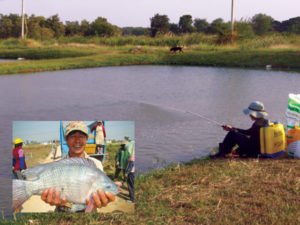
The development of new and effective feeding attractants targeted at the expanding aquaculture industry may have an important role in increasing the feeding activity of many fish and shellfish species, reducing the waste that enters the environment and also permitting more widespread use of feeds derived from more-sustainable protein sources.
In 2000, the Centre for the Environment, Fisheries and Aquaculture Science (CEFAS), an executive agency of the United Kingdom government, formed a joint venture with Kiotech International PLC to develop novel feeding attractants based on natural pheromones governing fish-feeding behavior that could play a role in assisting the further development of sustainable aquaculture.
Pheromones
Pheromones are natural compounds generally used for communication between animals. In fish, pheromones play roles in shoaling, fish aggregation, social interactions, kin recognition, prey detection, migration and signaling the presence of predators. The research carried out at CEFAS has demonstrated that this form of chemical signaling can also induce increased feeding activity in a range of freshwater and marine fish species.
In the majority of fish species, pheromones are released to the environment within urine or as bile secretions. In all cases, the fish receiving the communications detect them via the sense of smell, so the feeding stimulants must be in a soluble liquid form.
These secretions and other cues are extremely potent attractants that are detected at very low concentrations. A number of compounds can be detected by smell at concentrations as low as 10-12 M, so only minute amounts of the compounds are required to produce the necessary behavior in fish.
Commercial trials
Feeding attractants and formulations have been developed for key aquaculture species. Intensive laboratory and preliminary commercial feeding trials with the pheromone stimulants have been completed with fish and shrimp at hatcheries and production facilities in Europe and Asia.
After a full environmental assessment of the feeding stimulants for aquaculture, they passed a number of U.K. governmental and European Commission directives relating to the aquatic environment.
In general, the most effective way of applying pheromone feeding stimulants is to spray them as liquid preparations onto the surface of water two to five minutes prior to feeding. This allows their detection by the olfactory systems of the fish and stimulation of the appropriate feeding behavior. As a result, there is an increase in the general “readiness” of the fish to feed so that on the addition of the feed pellets, the food is readily consumed.
European cod
A trial of European cod, (Gadus morhua), was conducted at a pregrowout facility in Norway over a three-month period. The feeding stimulant formulation was applied as a liquid to the tank five minutes prior to feeding.
At the end of the study, there were significant differences in the final weights of the different groups of juvenile cod. The group that received the feeding stimulant had a mean weight of 25.8 g, compared to 23.2 and 23.4 g for the control groups (Fig. 1). The pheromone group also a better growth rate – 1.95 percent/day rather than 1.85 and 1.83 percent/day for the controls. In addition, the former group required about 8.5 percent less feed than the control groups, suggesting better feed utilization in these fish.
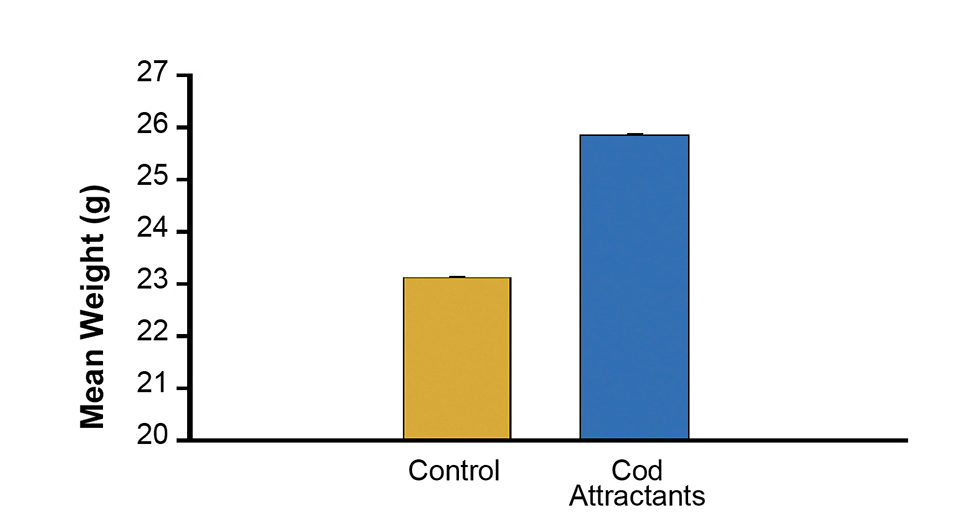
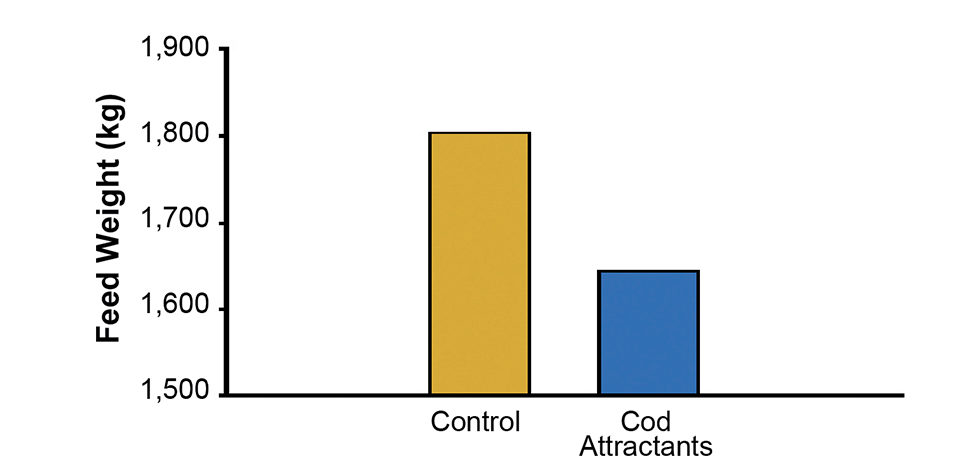
Tilapia
A trial with tilapia, (Oreochromis niloticus), was conducted at a commercial tilapia farm in Zhouhai, China, over an eight-month period. About 14,500 juvenile tilapia with a mean size of 2.5 cm were stocked into each of four 0.4-ha grow-out ponds at a density of 25,650 fish/ha. Every 14 days, the mean weight of 30 fish was measured.
The application of the feeding stimulant produced a 17 percent increase in the average weight of the tilapia compared to the control pond. The stimulant also increased the growth rate of the tilapia, allowing the farmer to start harvesting three weeks earlier than in the control pond.
In addition, the fish in the pond treated with pheromone appeared healthier, the water quality was better and the secondary crop of (Litopenaeus vannamei) was significantly larger with less incidence of disease. Overall, the farmer received a 50 percent higher income from the treated pond compared to the control pond.
Hybrid catfish
A six-month trial was completed at an experimental facility in Thailand with hybrid catfish, (Clarias macrocephalus) x (Clarias gariepinus). Juvenile catfish with a mean size of 1.92 g were stocked into eight 0.64-ha experimental ponds at commercial stocking densities.
At the end of the trial, the mean weight of the catfish in the ponds treated with the feeding stimulant was 13.2 percent greater than that in the control ponds. In addition, the treated ponds produced 4,162 kg of fish over 250 g in size compared to 3,225 kg of such fish from the two control ponds. Overall, the profit derived from the ponds treated with the attractants was over twice that from the control ponds.
Crucian carp
Another trial was conducted at a commercial crucian carp, (Carassius carassius), farm in Dafeng, China. Over the six-month study period, 2,000 juvenile carp with a mean weight of 29.5 g were stocked into each of eight 0.13-ha grow-out ponds. At the end of the study, the feed attractant group had a mean weight of 153.8 ± 2.56 g compared to the control group animals’ mean weight of 130.1 ± 1.75 g.
White shrimp
A trial with white shrimp, Litopenaeus vannamei, was conducted in Tradt in southeast Thailand over three months. Four 0.64-ha ponds were each stocked with 64,000 postlarvae. Commercial shrimp feed was coated with a feeding stimulant and fed. The mean weights of 300 shrimp from each of the ponds were measured on five occasions during 90 days.
The pheromone application produced shrimp that were 30 percent larger on average than the control shrimp and had a significantly faster rate of growth. The mean weight of the treated shrimp was 9.97 ± 1.94 g compared to 7.17 ± 1.45 g for the control group (Fig. 3). In addition, less feed was required in the treated pond, probably due to increased feeding by the shrimp. This was reflected in a lower feed-conversion rate at harvest than for the control pond.
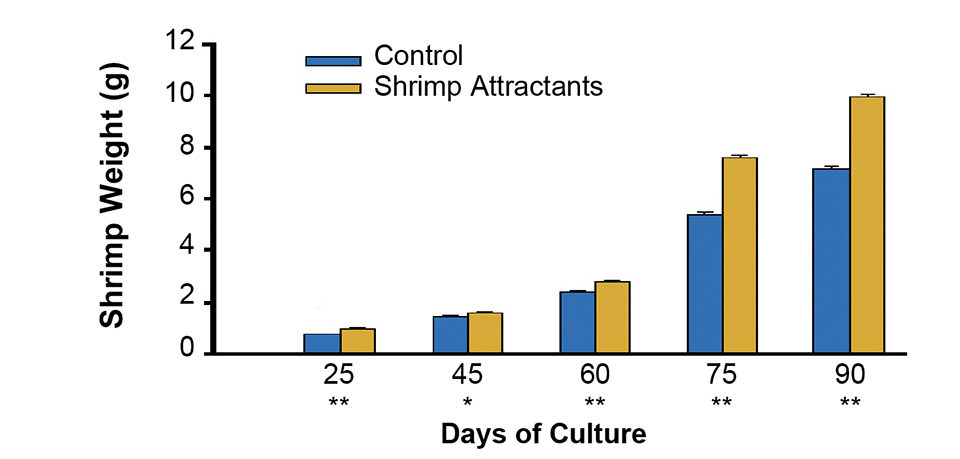
Production bottlenecks
Feeding attractants have been shown to improve survival and growth during bottlenecks such as weaning and larval stages in the production of various fish species. The early life history of many commercial fish species within hatcheries is often a period of low survival and poor growth.
Trials with a new formulation of feeding attractants targeted at this bottleneck in production were carried out in a tilapia hatchery in Guangdong, China. The trial focused on over 3 million tilapia fry during the first 25 days of growth prior to stocking into commercial ponds. At the end of the study, the application of the feeding stimulant produced a 26.00 percent increase in the weight of the fry and a 7.22 percent increase in survival compared to the control groups.
Environmental quality
The principal components of the feeding stimulants have low biological activity and half-lives of less than 12 hours, so they degrade rapidly within the natural environment. A significant advantage of the feeding attractants relates to water quality and environmental conditions within grow-out ponds.
Samples of water and sediment from the tilapia trial ponds in China were analyzed by an independent institute in Guangzhou. The results indicated that nitrite, ammonia and nitrate levels in the water and sediment were all lower in the ponds where the feeding attractants had been applied.
The development of the novel pheromone attractants continues. Work over the next two years will focus on eels, red tilapia, seabream, seabass, yellow tail and juvenile shrimp.
(Editor’s Note: This article was originally published in the November/December 2008 print edition of the Global Aquaculture Advocate.)
Now that you've reached the end of the article ...
… please consider supporting GSA’s mission to advance responsible seafood practices through education, advocacy and third-party assurances. The Advocate aims to document the evolution of responsible seafood practices and share the expansive knowledge of our vast network of contributors.
By becoming a Global Seafood Alliance member, you’re ensuring that all of the pre-competitive work we do through member benefits, resources and events can continue. Individual membership costs just $50 a year.
Not a GSA member? Join us.
Author
-
Andrew Moore, Ph.D.
Centre for Environment, Fisheries and Aquaculture Science
Pakefield Road, Lowestoft
Suffolk NR33 0HT
United Kingdom
Tagged With
Related Posts
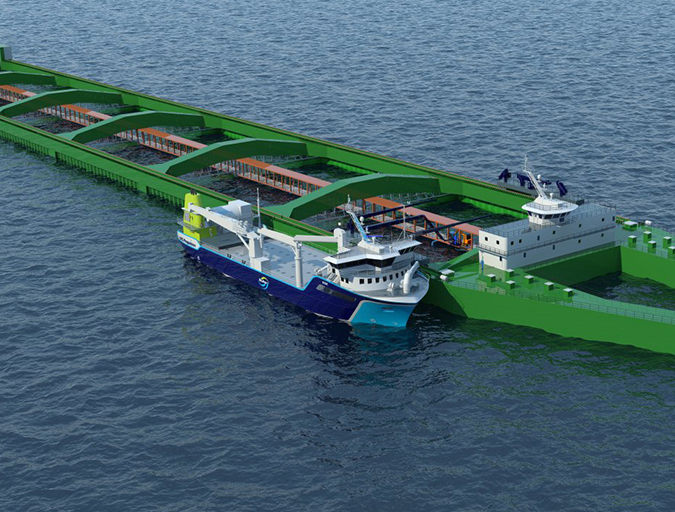
Health & Welfare
Chem-free fixes emerging in sea lice saga
Salmon farmers, using emerging technologies, are exploring new methods of sea lice mitigation in an effort to overcome one of the industry’s most persistent problems. New chemical-free innovations show an industry eager to adapt and adopt environmentally safe practices.
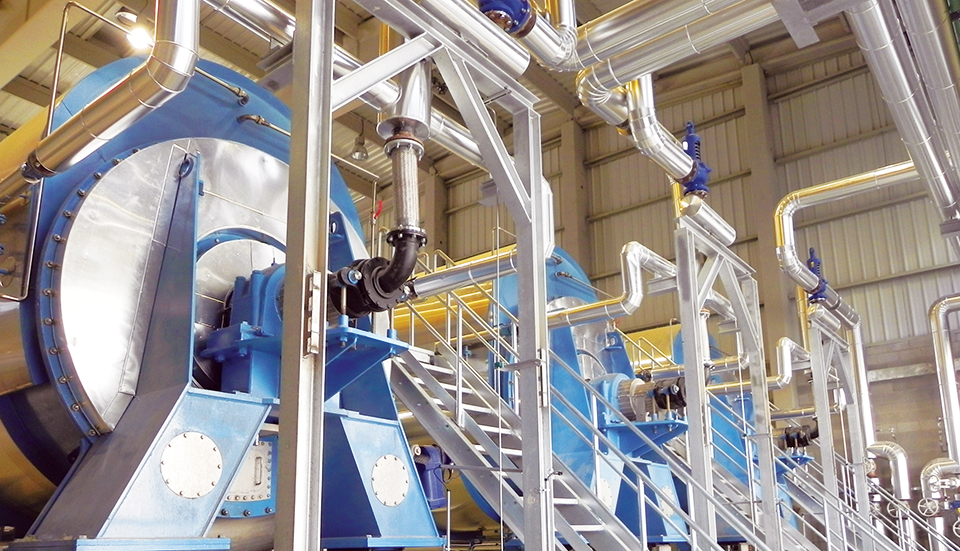
Aquafeeds
Animal byproduct concentrates useful tools in formulation
With the market volatility of fishmeal, as well as rising sustainability concerns, the aquaculture industry is seeking sources of protein, such as animal byproduct concentrates, to substitute for fishmeal.
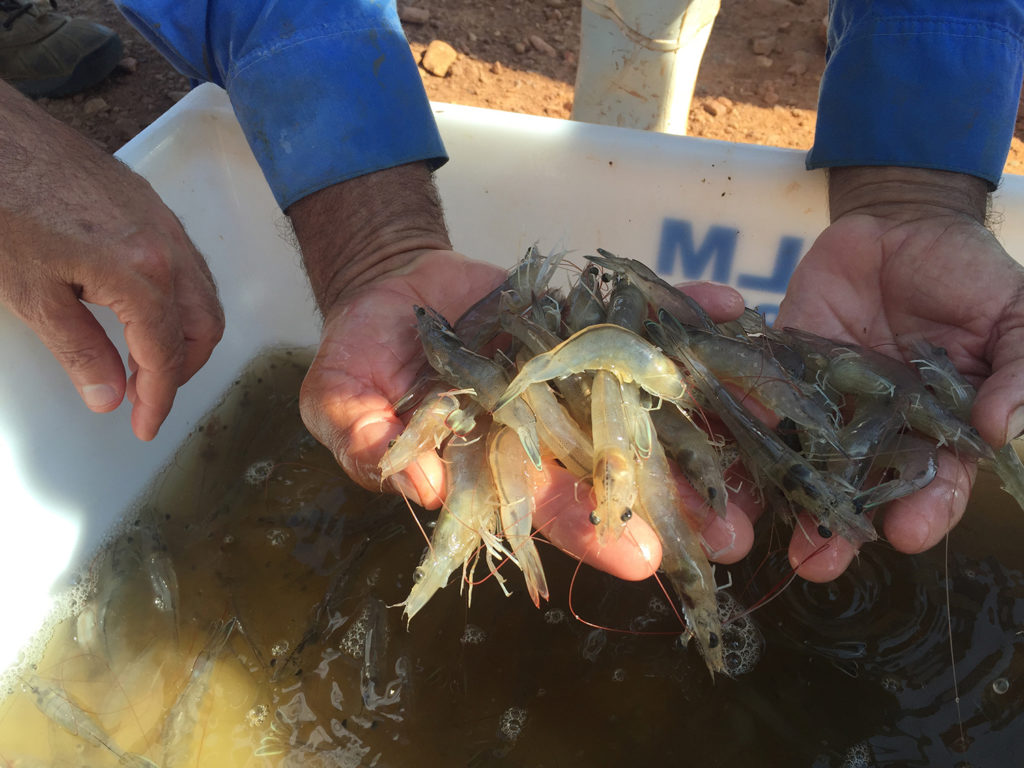
Aquafeeds
Aquafeed supplementation with crystalline amino acids
Authors present a practical review of modern formulation options including crystalline amino acids in fulfilling nutritional requirements in aquafeeds.
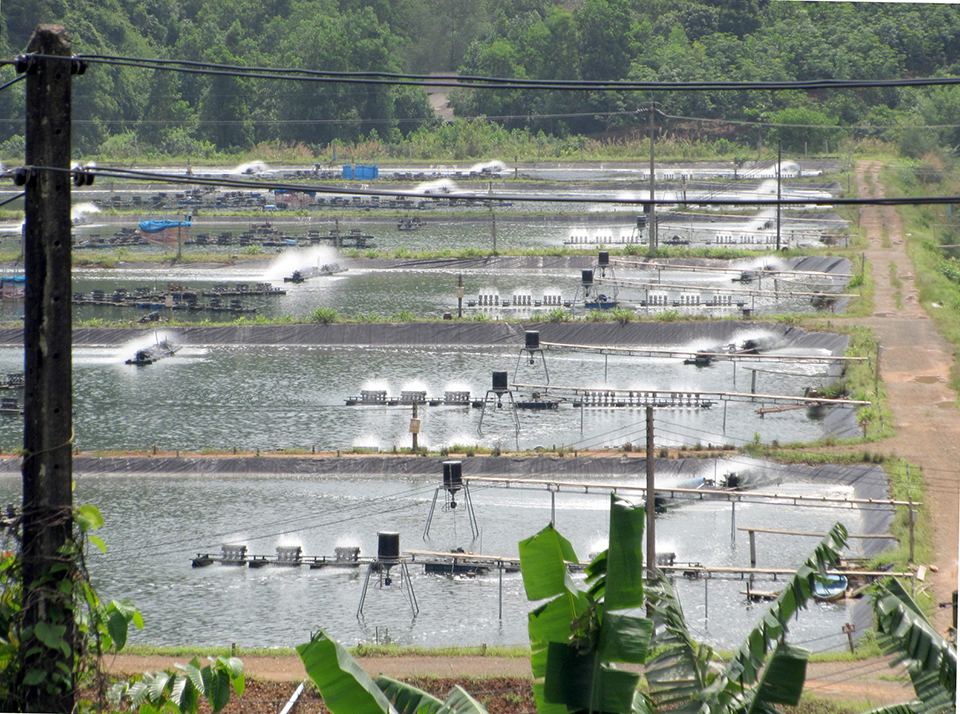
Aquafeeds
Automatic feeding in shrimp aquaculture
Controlled by timers, automatic feeders should be placed in deeper areas of ponds and away from aerators. Overfeeding is rare during automatic feeding, and pond bottom quality is maintained through grow-out cycles.



